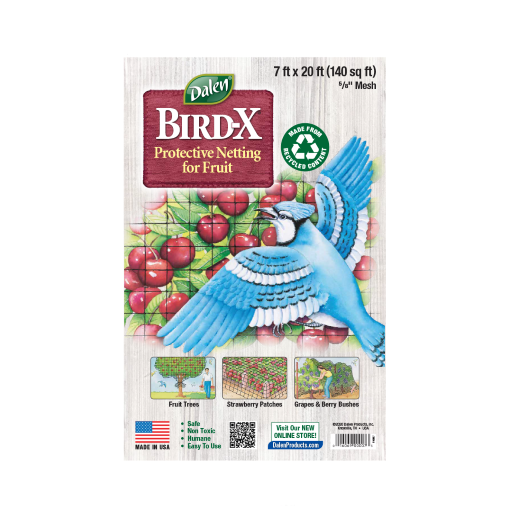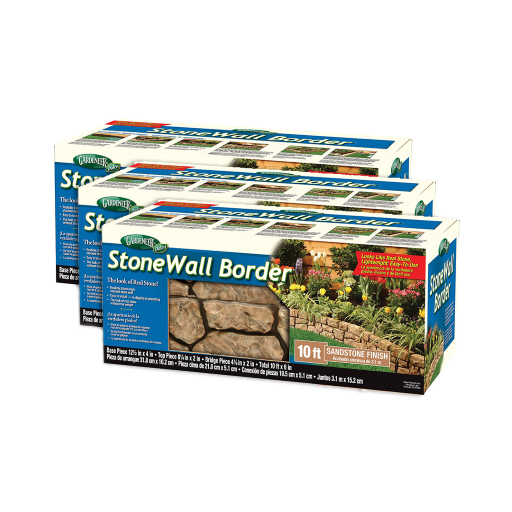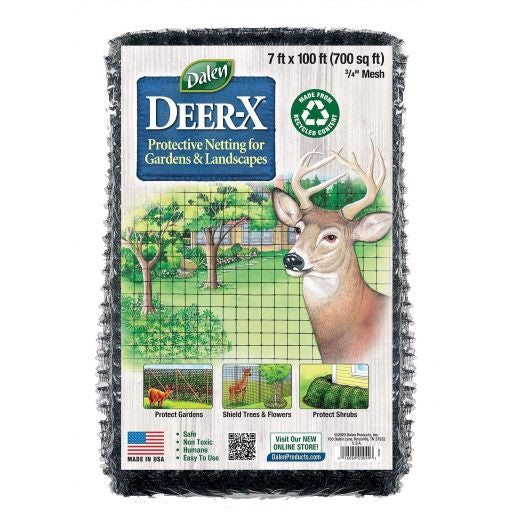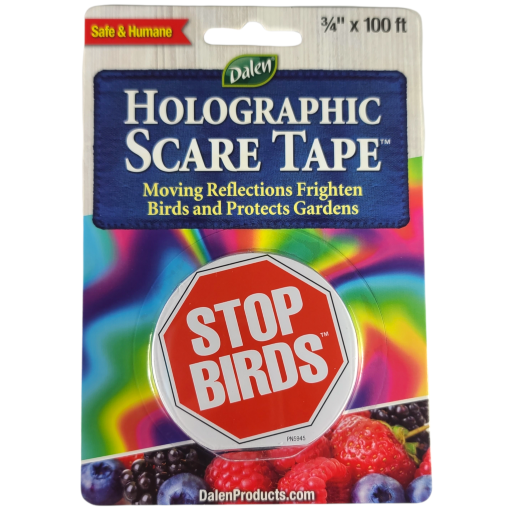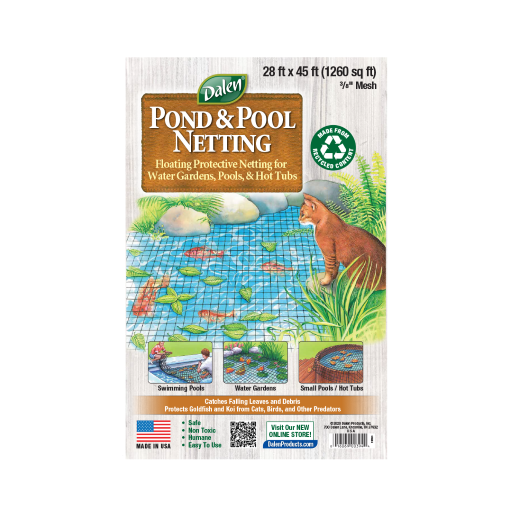How to Install Gutter Downspouts Downspout Extension
Every gutter system is designed to drain water off the roof of your house. While most downspout systems do a great job at channeling rainwater off the top of your house, water can collect at the house's foundation and cause potential issues. The good news is that you probably won't need to spend time shopping for new gutters in a home improvement store. Structural damage is easily mitigated by the use of a simple downspout extension.
What is involved in a basic Rain Gutter System?
In a nutshell, any roof runoff system involves horizontal gutters, a vertical gutter drop, and a larger downspout outlet. There are other pieces of the puzzle like gutter hangers, end caps, gutter guards, drop outlet, elbow piece, etc. Forget about all the intricacies for now. All we want to focus on in this blog is the simple fact that rainwater drains off the roof overhang into the bottom of the gutter, which then drains down the vertical tube on the side of your house.
The First Step for Rain Gutters is a Gutter Outlet
At the bottom of the vertical tube is the Gutter Outlet. All rain gutters need a gutter outlet, which serves as the starting point for directing rainwater away from your home. The gutter outlet connects the gutter to the downspout, ensuring efficient water flow. Any properly installation gutter system already includes an outlet, otherwise it's just a closed end where the water would have nowhere to go.
Add Downspout Elbows onto your Gutter Outlet
The Gutter Outlet uses a downspout elbow to direct the water away from the house. But more often than not, the downspout isn't enough. Although it might keep water from running down the walls of your house, usually downspouts result in water that pooling at the foundation. In some cases, the slope of your landscaping is enough to drain the water away, but it's a best practice to inspect all your downspouts after a rainstorm to see if there are any issues with drainage.
Heavy Rain can cause Water Damage to the Foundation of your Home
Heavy rain can wreak havoc on your foundation if left unchecked. As rainwater accumulates, it can seep into cracks and crevices, leading to costly structural damage and compromising your home's stability. Stagnant water can turn your basement or crawlspace into a breeding ground for mold and mildew. An eroded foundation is a recipe for disaster and downright dangerous.
Excess Water follows the path of Gravity and causes Soil Erosion
The simple rule of thumb is that water follows the path of gravity. As rainwater carves a path thru your landscaping, it can strip away nutrient-rich topsoil, leaving your garden and lawn vulnerable and less fertile. Take note of how rainwater behaves around your home, and you may need to consider re-landscaping your garden, which could a labor-intensive French drain. Sometimes bad situations are exactly what we need to analyze in order to find the best solutions!
The Bottom of the Downspout Outlet is at the Home's Foundation
The good news is that there are some easy fixes to most of the common problems. When the bottom of the downspout outlet isn't providing adequate drainage, it will lead to pooling water and create a scenario of potential damage. A proper downspout might include something to extend your downspouts to direct water safely away, protecting your home from costly structural issues. A simple downspout extension is usually all you need to you can maintain a dry and stable foundation for your home.
You don't necessarily need a New Downspout to avoid Foundation Repairs
The downspout itself is likely perfectly fine, even if it is a bit short. But in some cases, the downspout can be damaged after doing yardwork like mowing and trimming and accidently bumping up against the gutter drain too hard. Unless you see visible signs of disrepair like big cracks, your downspout is probably perfectly fine. All you need to do is make sure the water doesn't drain into a puddle that pools against the foundation of your home, and a downspout extension is a very simple solution.
Add Downspout Elbows onto your Gutter Outlet
Adding downspout elbows extensions is the best way to ensure rainwater is directed precisely where it needs to go. These simple solutions can prevent water from pooling around your foundation, reducing the risk of expensive damage and erosion. By guiding water away from your home, downspout elbow extenders help maintain a dry, stable foundation. The downspout extender is the easiest remedy in most cases.
Why a Downspout Extension is a Good Idea
Downspout extensions are simple to install and cost-effective, and they work directly with your existing gutter system without the need for major renovations. In most cases they will solve your drainage issues but remember the rule of thumb: water follows the path of gravity. In some cases, you will need to do some troubleshooting, and position rocks underneath the downspout extender in a way that promotes water to flow downhill.
Rain Barrels could also prevent Significant Damage
Incorporating rain barrels into your water management strategy is another good way to protect your home's foundation from excessive water damage. By collecting rainwater from your gutters, these barrels reduce the volume of water pooling around your property, minimizing erosion and soil saturation. However, it can be unrealistic to have a rain barrel attached to every downspout on your house. And be sure to check with your local laws and HOA before installing a rain barrel, because collecting rainwater is prohibited in some areas, especially where water is scarce.
Common Problems if ignored for a Long Time
Neglecting routine maintenance can lead to a host of common problems that, over time, could cost a small fortunate to fix. Small leaks or cracks, if left unattended, can escalate into significant structural damage, compromising your home's integrity and your personal safety. Regular inspections and simple remedies are essential to prevent these problems from escalating. In most cases, you won't even need to get expensive roofers involved in the solution.
Professional Repairs can be avoided with the Right Tools
Equipping yourself with the right tools, along with a bit of preventative maintenance, can save you from hiring professional services. A downspout extension is the easiest tool to use, but it's a good idea to also have a ladder to climb up and address issues like clogged gutters. Climbing on roofs can be dangerous, so proceed with caution. The good news is that most times there won't be any clogs to remove, especially if your gutter system already includes gutter sections with guards to block falling leaves and debris. It's also possible to rent a ladder from your local hardware store, because these checkups aren't something you need to do too frequently unless you know you have an issue.
You don't always need Professional Gutter Installers
Taking on gutter installation as a DIY project can be both cost-effective and rewarding, but it does come with some risk of falling. It could be worth the extra cost to hire someone with years of experience if you feel like you are a bit clumsy and uncoordinated. If you decide to take on the project yourself, make sure to be careful, and use the internet to find tutorial videos that explain everything you need to understand. Google and YouTube are fantastic tools to learn how to DIY!
Ultra Fancy Drainage System are a luxury
If you have a disposable income or can justify the investment, an ultra-fancy drainage system is a luxurious choice that elevates both the functionality and aesthetic appeal of your property. These high-end systems offer superior performance, ensuring efficient water management while adding a touch of elegance to your landscape. However, they are not necessary by any means, but they could provide peace of mind and act as a status symbol. Our opinion is the simple tools work the best, and it's a great idea to stick to the basics that are proven to work.
Gutter Cleaning is an Easy DIY Project, but it could be Hazardous
Taking on gutter cleaning as a DIY project is a straightforward way to maintain your home's exterior and prevent water damage. With just a few necessary tools like a sturdy ladder, gloves, and a water hose, you can efficiently clear out leaves and debris to have clean gutters. Regular cleaning ensures that rainwater flows freely through your gutters, protecting your roof and house from potential issues. By dedicating a little time each year, you can save money and keep your home in top condition without the need for professional help.
The last step is to Checkup on a Regular Basis
Regular checkups are the next steps in maintaining the longevity and effectiveness of your home systems. By routinely inspecting areas like gutters, downspouts, and drainage systems, you can catch potential issues like extra water, before they escalate into costly repairs. Consistent monitoring allows you to address minor problems promptly, ensuring your home remains safe and well-maintained. Embrace the habit of regular checkups to protect your investment and enjoy peace of mind year-round.








